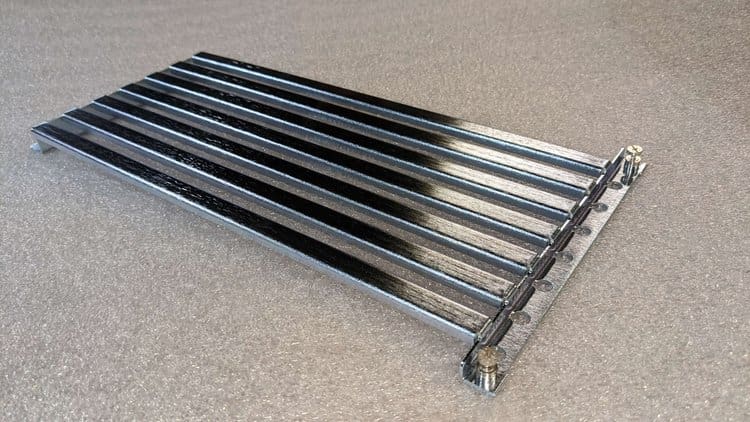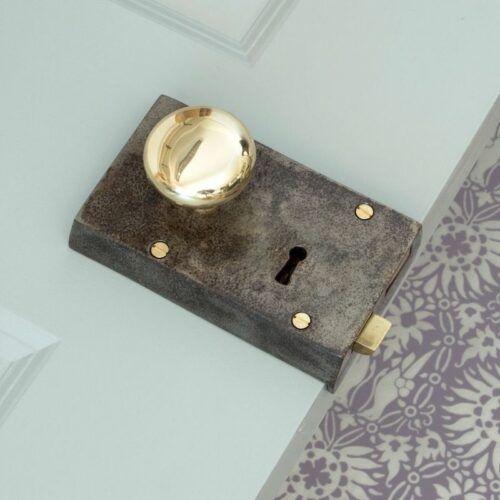Everything You Need to Know About Drills: The Ultimate Tool Guide
A drill is a powerful tool that is essential in any toolkit, whether for creating holes or driving screws. It is indispensable in both construction and DIY projects. In this guide, we’ll explore the different types of drills, their uses, and how they can be applied in various projects, including those involving geotextile materials.

What Are the Different Types of Drills?
There are several types of drills, each designed for specific tasks:
- Cordless Drill: A versatile drill that offers mobility without the need for a power outlet, ideal for most general-purpose drilling and screwing tasks.
- Hammer Drill: Designed for heavy-duty tasks, it combines rotation with a hammering action, perfect for drilling into concrete or masonry.
- Impact Driver: Specialized for driving screws and bolts with high torque, reducing the effort required and preventing stripped screws.
- Drill Press: A stationary drill used for precise drilling tasks, often in woodworking and metalworking.
Each type of drill has its unique function, making it crucial to choose the right one for your project to ensure efficiency and safety.
How Do You Choose the Right Drill for Your Project?
When selecting a drill, consider the following factors:
- Power Source: Decide between corded and cordless drills based on your mobility needs and the intensity of the task.
- Speed and Torque Settings: Adjustable speed and torque settings allow for precision in different tasks, from drilling holes to driving screws.
- Bit Compatibility: Ensure the drill is compatible with the bits required for your project, including specialized bits for working with specific materials.
- Ergonomics: Look for drills with ergonomic handles and balanced weight for ease of use and reduced fatigue during extended tasks.
Selecting the right drill is essential for achieving clean, precise results without damaging the materials you’re working with, including geotextiles that require careful installation.
What Are the Safety Tips for Using a Drill?
Using a drill safely involves understanding the tool’s mechanics and taking appropriate precautions:
- Wear Protective Gear: Always wear safety glasses and hearing protection to shield against debris and noise.
- Inspect Your Drill: Check the drill and bits for any damage before use, as a compromised tool can be hazardous.
- Use the Correct Technique: Apply steady pressure and maintain a firm grip to control the drill, especially when working with tough materials.
- Secure Materials: Ensure that the material you’re drilling is securely clamped or held in place to prevent movement that could lead to injury.
These safety measures are particularly important when working on projects that involve geotextile materials, where precise handling is required to avoid damaging the fabric.
How Are Drills Used in Projects Involving Geotextiles?
Drills play a crucial role in many projects that use geotextiles, particularly in securing and preparing materials:
- Creating Holes for Fasteners: Drills are used to create precise holes in structures where geotextiles will be secured with screws or bolts.
- Driving Fasteners: Impact drivers or cordless drills can efficiently drive screws or bolts into place, ensuring that geotextiles are securely anchored.
- Preparation of Structures: Drills may be used to prepare surrounding materials before laying geotextiles, ensuring a smooth and stable installation.
By using the right type of drill and technique, you can ensure that geotextiles are installed effectively, maintaining their integrity and functionality.
Drills are versatile tools with a wide range of applications, from simple home repairs to complex construction projects. Choosing the right drill and using it correctly can make all the difference in your project’s success. This is especially true when working with delicate materials like geotextiles, where precision and care are crucial for a durable and effective installation. Understanding the different types of drills and their applications equips you to handle any project with confidence and efficiency.




